What is the difference between Robusta and Arabica coffee beans? Are there any characteristics of robusta coffee beans that taste good?
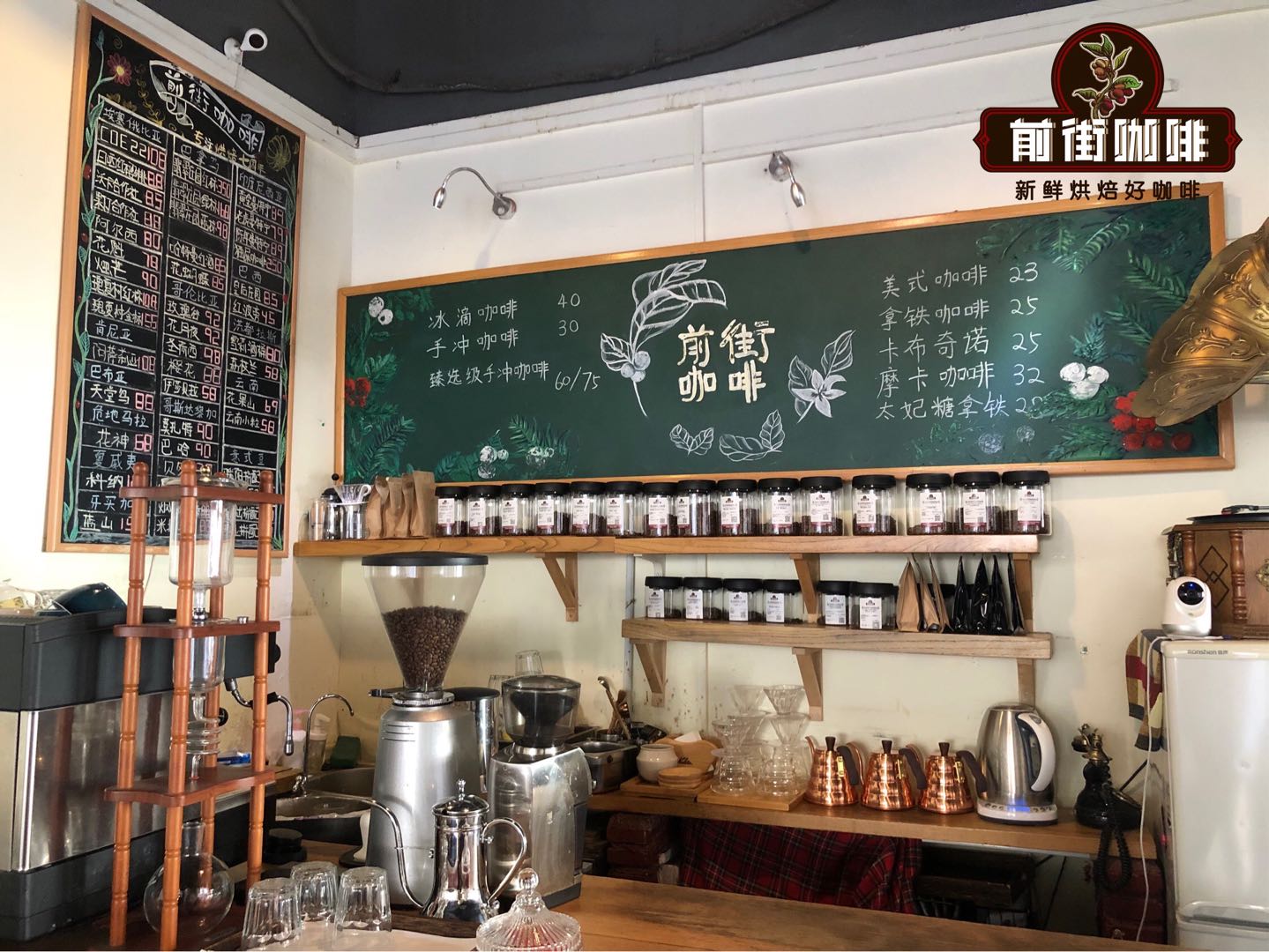
Professional coffee knowledge exchange more coffee bean information please follow the coffee workshop (Wechat official account cafe_style)
As we all know, there are three kinds of coffee: Arabica, Robusta and Liberica, while the most common are Arabica and Robusta. Among them, Arabica's output accounts for 70% and 80% of Murray.
Robusta is different from Arabica because Arabica's coffee beans are very popular because of their elegant flavor. On the other hand, robusta beans are more bitter than Arabica because of their indecent flavor, so robusta beans are mostly used to make instant coffee.
Robota beans account for about 20% of the world's total coffee production, Murray 30%. However, farmers do not pay the same attention to robusta beans as Arabica beans in production and handling, and many boutique coffee lovers do not pay any attention to robusta beans because of their poor reputation.
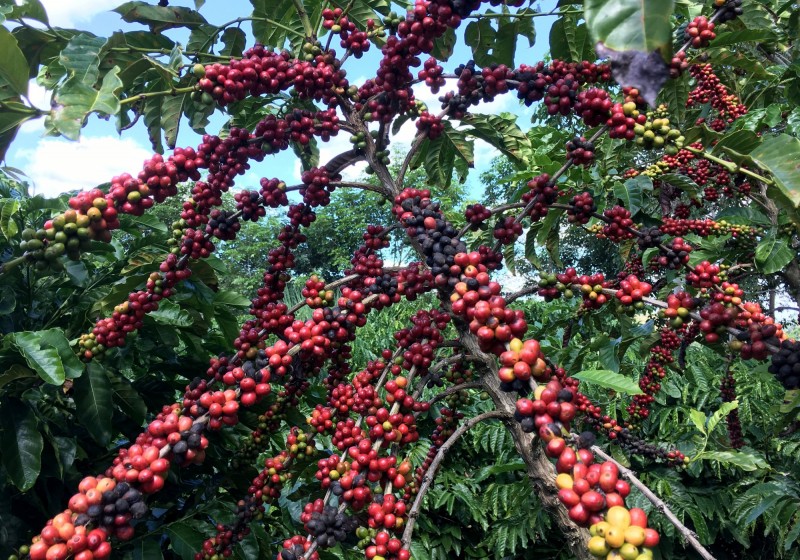
The Robusta coffee bean variety, which originated in the Congo in West Africa, belongs to the Canefra species, which is also called the Congo species.
Robusta coffee beans and Arabica coffee beans also grow in the coffee growth zone between the Tropic of Cancer. However, the growth conditions of Robusta varieties are not as harsh as Arabica varieties, and Robusta can grow in areas with low elevations and high temperatures. It also grows faster than Arabica, has high tolerance to extreme weather, has good resistance to insect pests of some coffee seedlings, has high production capacity, and does not need too much care from farmers.
[shape]
Robusta coffee beans are one fruit and one bean. The shape of Robusta coffee beans is relatively round, showing a "C" shape; the middle line of coffee beans is in the shape of "I", and the color of raw beans is yellowish brown.
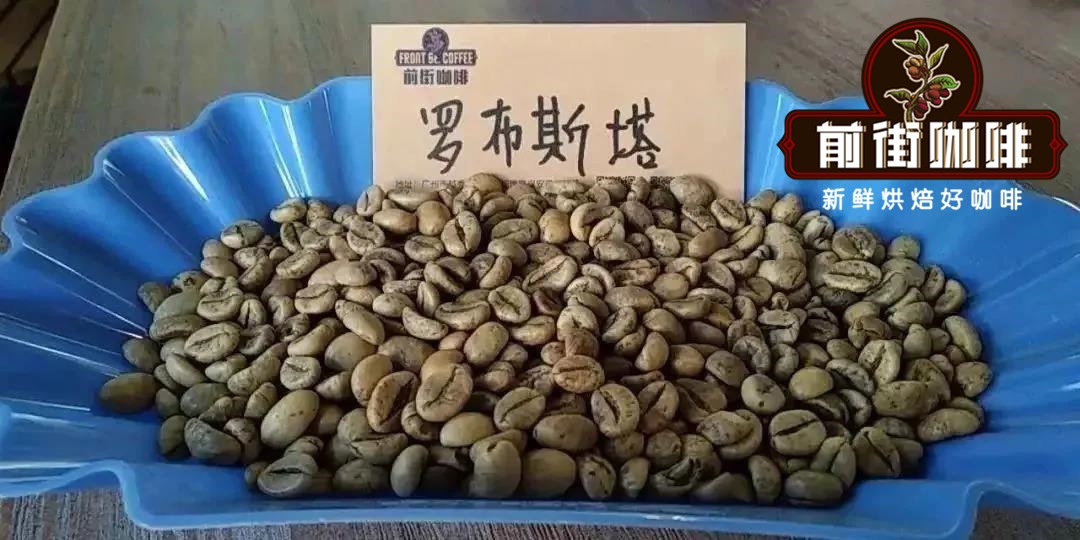
Arabica coffee beans are usually one fruit and two beans. Arabica coffee beans are oval in shape and flatter than Robusta coffee beans, with an S-shaped or C-shaped midline.
[flavor]
Robusta usually smells earthy (some people think it's charred rubber), with a more bitter taste and less acidity. Robusta is high in caffeine, about 1.6% to 2.4%, and low in fat and sugar, so it tastes bitter and strong. People who like the smell like it, while people who don't like it say it smells like rubber.
On the other hand, Arabica has a more complex flavor, and its bitterness is much lighter, more sour and more silky than Robusta. With the change of planting environment, the flavor of coffee beans also changes. For example, coffee beans in Indonesia are characterized by their herbal flavor, while coffee beans in Africa are characterized by rising acidity.
[composition]
Compared with Arabica coffee beans, robusta coffee beans contain higher levels of caffeine, amino acids and chlorogenic acid. Robusta contains about 7% to 10% chlorogenic acid, so it is not vulnerable to insects and climate. Robusta coffee beans also produce 60% more oil than Arabica coffee beans. Among them, chlorogenic acid is easy to form astringency, so the low content of chlorogenic acid in Arabica varieties is beneficial to the development of coffee quality. Since many aromatic volatile compounds are attached to the oil and released as the coffee is brewed, the oil can explain the difference in seal quality between Arabica and Robusta, especially in espresso.

Since there are so many bad reviews of Robusta beans, why can Robusta beans be found in other places besides instant coffee?
Robusta beans are cheaper than Arabica beans, so robusta beans are generally used to mix instant coffee to reduce production costs. However, robusta coffee beans also appear in blended beans, the main reason is not to reduce the cost, robusta beans appear in Italian blended beans mainly to increase the alcohol thickness of coffee extract and get rich oil. Robusta coffee beans usually account for 5%, 15%, and sometimes more than 25% of Italian beans.
One of the Italian beans on the front street coffee bean list has 10% robusta beans in it.
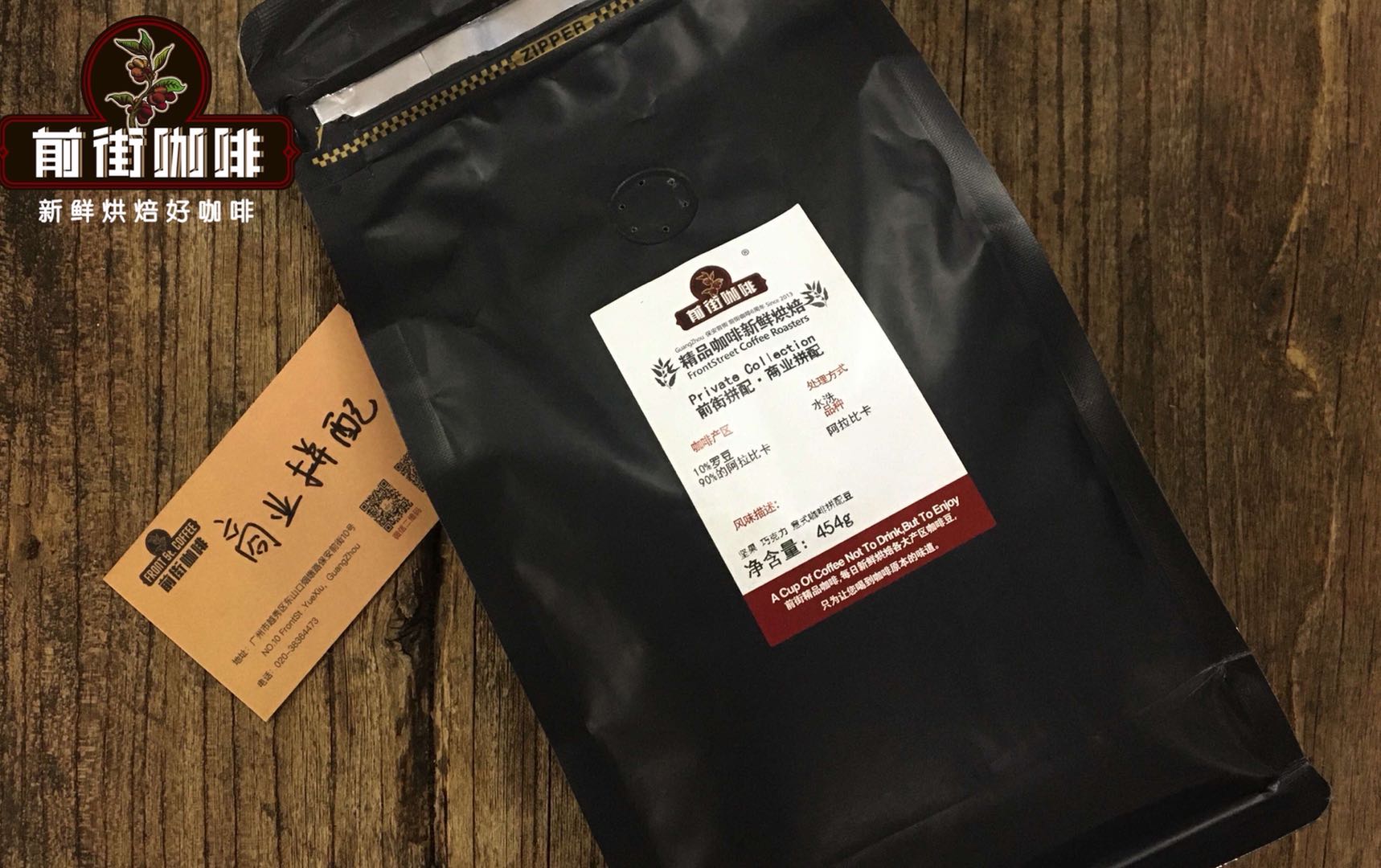
The front street coffee commercial mix beans are made of 90% Arabica beans (30% Colombia and 60% Brazil) and 10% robusta beans, which are roasted together.
In terms of flavor, the commercial blending beans of Qianjie coffee are much inferior to those of sunflowers, but they can also make coffee with good export taste. The commercial mix beans of Qianjie coffee are concentrated in Italian style, because there are Robota beans, the oil will be richer, and its taste is more classic, with the sweetness of caramel, the flavor of nuts and cocoa, dark chocolate, the balance of sweet and sour, a little bitterness and a long finish.
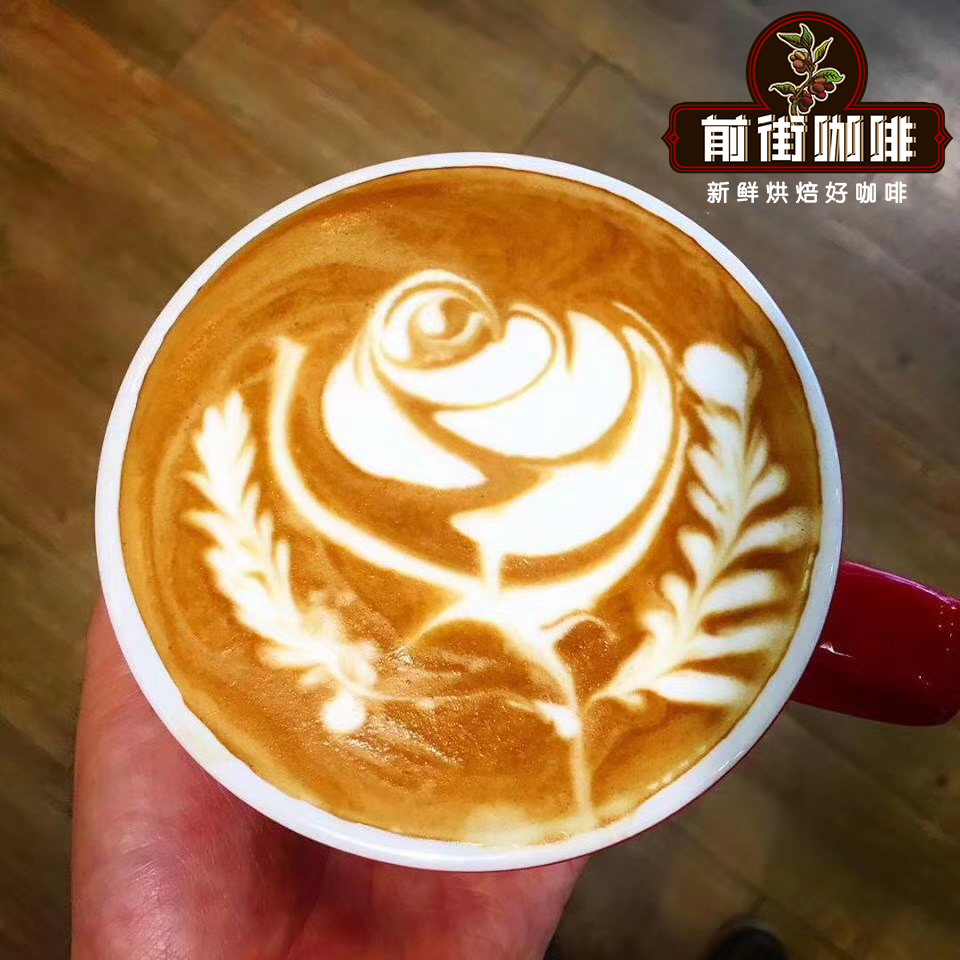
The sunflower sunflower blend of Qianjie Coffee uses 70% of Honduran Shirley and 30% of Yega Sherfield sun-tanned cherries. After careful blending in the front street, the sunflower warm sun blend with coarse espresso liquid has obvious acidity, a hint of berry aroma, whisky and chocolate flavor.

Qianjie coffee sunflower sunflower mix
Producing area: Honduras & Ethiopia
Varieties: original species, Kaddura, Kaduai
Treatment: washing and insolation
Since Qianjie coffee sunflower sunflower blend does not have Robusta beans in it, its bitterness is not as obvious as commercial matching beans.
Robusta vs. Arabica: which is better?
Many boutique coffee lovers who have been exposed to boutique coffee for a while have a sense that Arabica is superior to Robusta. In fact, some high-quality robusta coffee beans are even much more expensive than some Arabica beans and are not inferior to Arabica beans in flavor.
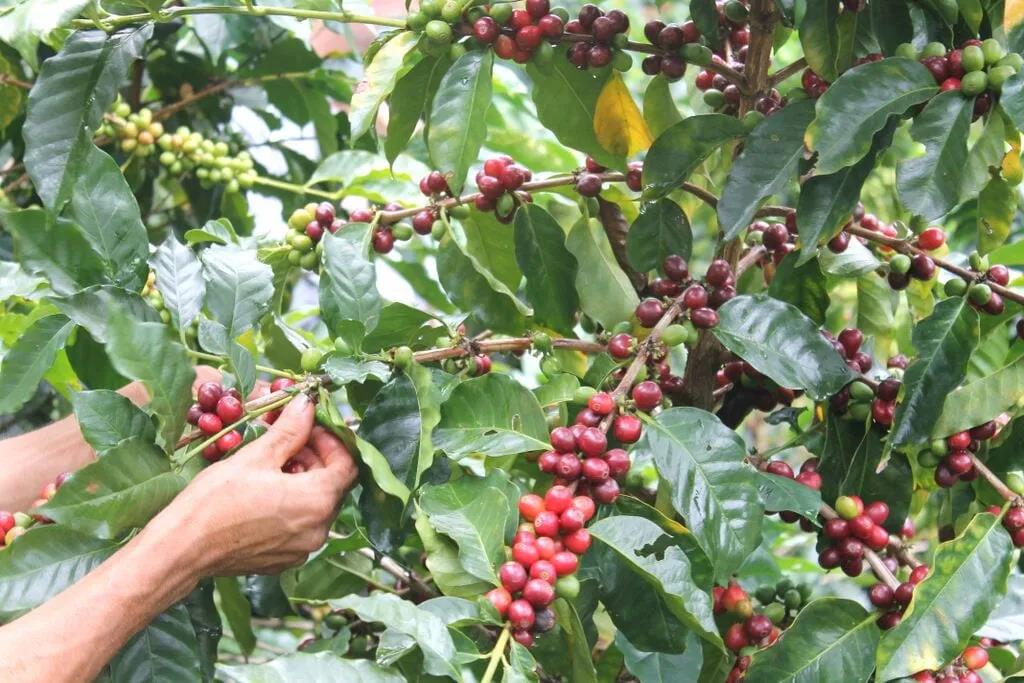
For example, boutique Robusta coffee beans. India's "Coffee Royal" Robusta Coffee beans have changed the world's impression of Robusta beans to some extent. As long as people who have tasted human beans express surprise at their clean flavor. Although the Robusta variety is not born with the elegant fragrance of the Arabica variety, it is replaced by a thicker, calmer palate and the intense walnut, peanut, hazelnut and wheat flavors of peanut butter and hazelnut.
Robusta and Arabica hybrid coffee bean variety: Katim
In 1959, the Portuguese transplant Kaddura of Brazil to East Timor and hybridized with the local Timor variety with Robusta gene, resulting in the Katim coffee bean variety. Later, because of the global epidemic of coffee leaf rust, with the help of international organizations, we vigorously promoted the cultivation of Katim, a coffee variety with strong resistance to leaf rust.
The Katim coffee bean variety has the genes of Arabica and Robusta beans and combines some of the good qualities of Arabica beans and Robusta beans. For example, strong resistance to leaf rust, high production capacity, in the flavor of some tin card native species rich taste, rich in oil. This is the case with Yunnan small red cherries in Qianjie coffee.
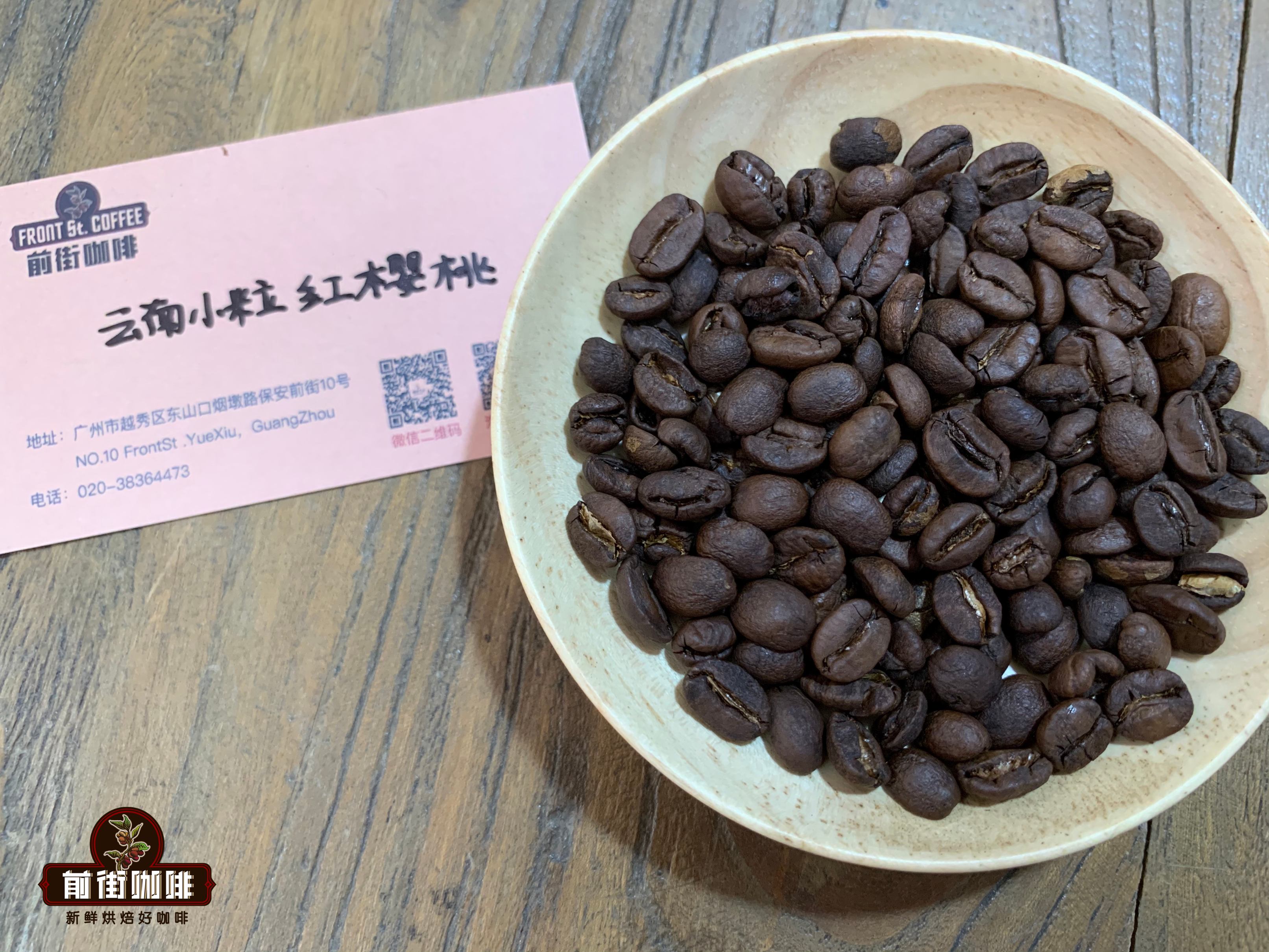
Qianjie Coffee Yunnan small Red Cherry
Producing area: Baoshan, Yunnan, China
Altitude: 1450m--1550m
Variety: Katim
Treatment: red cherry in the sun
Suggestion on brewing coffee in Qianjie
The recommended brewing parameters for Qianjie coffee are: Kono filter cup, 88 ℃ water temperature, 15g powder quantity, 1:15 powder / water ratio, grindability EK43s#11 (Chinese standard No. 20 sieve pass rate 70-75%)
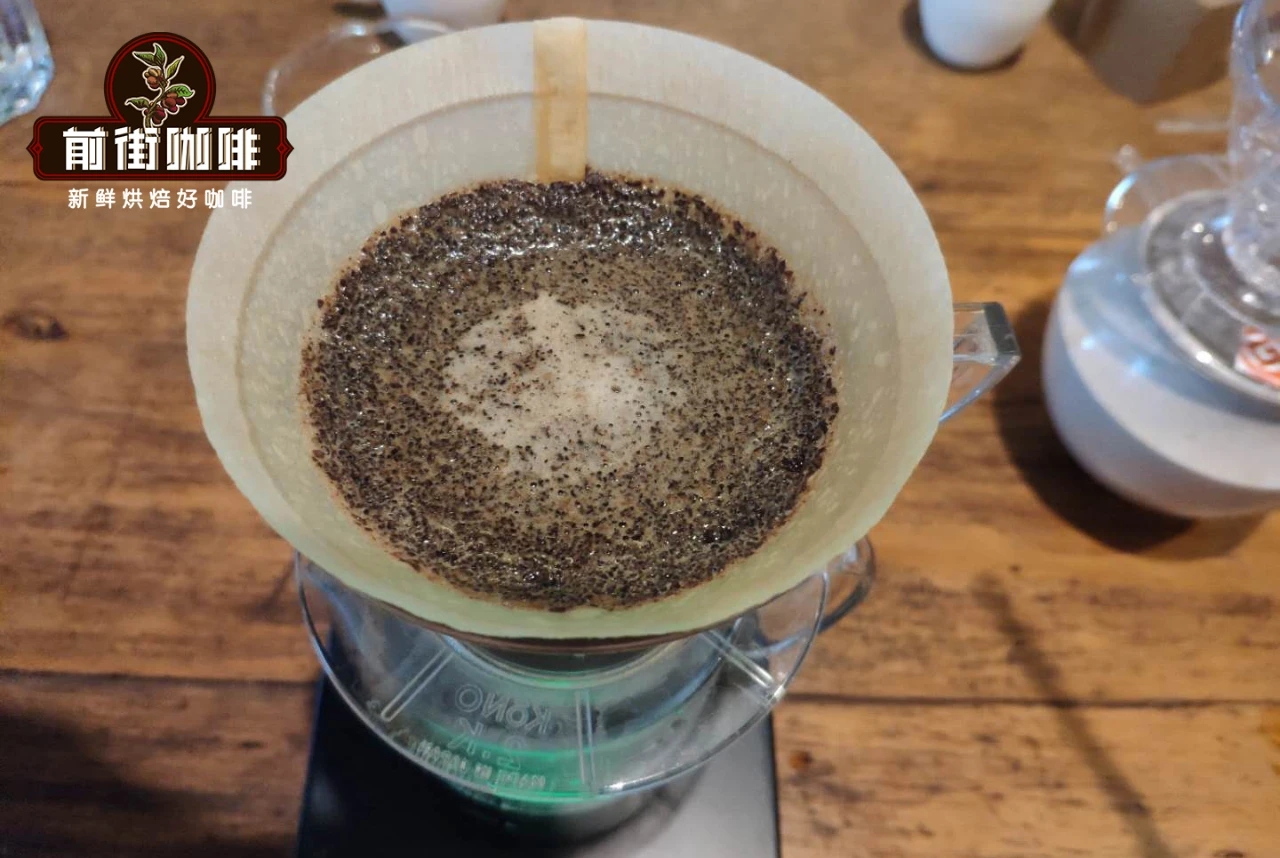
Qianjie coffee is extracted by stages, steamed with 30 grams of water for 30 seconds, small water is injected around the circle to 125 grams, the water level is about to be exposed when the powder bed is about to be exposed, and the filter cup is removed when the water level is about to be exposed to the powder bed. (the time of steaming starts) the extraction time is 2 minutes 39 seconds.
Flavor description
The palate has soft acidity like red berries, obvious nutty and chocolate flavors, a hint of spice, and a sweet caramel finish.
For more boutique coffee beans, please add private Qianjie coffee on Wechat. WeChat account: kaixinguoguo0925
Important Notice :
前街咖啡 FrontStreet Coffee has moved to new addredd:
FrontStreet Coffee Address: 315,Donghua East Road,GuangZhou
Tel:020 38364473
- Prev
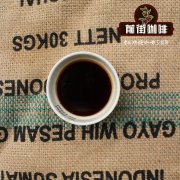
Coffee in Cameroon is grown in a rich volcanic soil, high altitude, and appropriate rainfall.
Professional coffee knowledge exchange more coffee bean information please follow the coffee workshop (Wechat official account cafe_style) Cameroon is suitable for espresso deep-roasted coffee beans. The cultivation of Arabica coffee trees in Cameroon, which began in 1913, is the Blue Mountain coffee of Jamaica, but the country also produces large quantities of Robbite coffee. The quality of Cameroon coffee
- Next
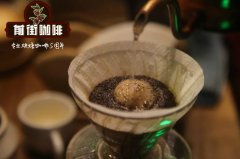
Half-Blood Prince pacamara Pacamara Coffee | Pacamaral Manor Coffee in Guatemala
More information about coffee beans Pacamaral Manor is located on an extinct volcano in the Pueblo Nuevo Vias,SantaRosa area, about 56km from Guatemala City, the capital. The manor was bought by the current owner in 2012, when the Pacamaral estate was not operated.
Related
- Guji coffee producing area of Guji, Ethiopia: Humbela, Shakiso, Wulaga
- What is the most expensive variety of Qiloso in BOP multi-variety group?
- How to store the coffee beans bought home?
- Why are Yemeni coffee beans so rare now?
- Ethiopian Sidamo all Red Fruit Sun Sun Santa Vini Coffee beans
- SOE is mostly sour? What does it mean? Is it a single bean? what's the difference between it and Italian blending?
- Is Italian coffee beans suitable for making hand-brewed coffee?
- How to choose coffee beans when making cold coffee? What kind of coffee beans are suitable for making cold coffee?
- Just entered the pit to make coffee, what kind of coffee beans should be chosen?
- Can only Japan buy real Blue Mountain Coffee? What are authentic Jamaican Blue Mountain coffee beans?

